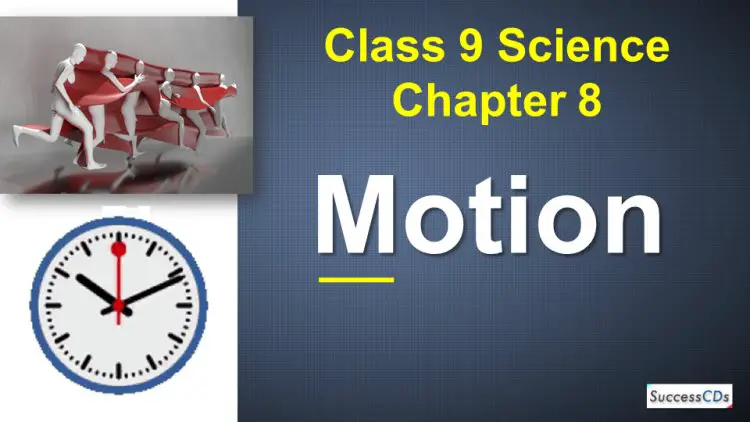Motion
This chapter on motion covers the fundamental concepts of how objects move and the various factors affecting their motion. It introduces the basic definitions and types of motion, such as uniform and non-uniform motion, and explains how to describe motion using parameters like displacement, velocity, and acceleration. Displacement is a vector quantity that refers to the change in position, while velocity is the rate of change of displacement. Acceleration describes how velocity changes over time. The chapter also includes the study of different types of graphs, such as distance-time and velocity-time graphs, to analyze motion. Key equations, like those of uniformly accelerated motion, are used to solve problems and predict future motion. Overall, the chapter lays the foundation for understanding more complex topics in physics by focusing on the principles governing the movement of objects.

Motion
1. Introduction to Motion
- Definition: Motion is the change in position of an object with respect to time.
- Types of Motion:
- Rectilinear Motion: Motion along a straight line (e.g., a car moving on a straight road).
- Curvilinear Motion: Motion along a curved path (e.g., a car moving around a curve).
- Circular Motion: Motion in a circular path (e.g., the motion of a planet around the Sun).
2. Concepts of Motion
- Displacement: A vector quantity that refers to the change in position of an object. It has both magnitude and direction.
- Distance: A scalar quantity that represents the total length of the path traveled by the object.
- Speed: A scalar quantity that measures how fast an object is moving, calculated as the distance traveled divided by the time taken.
- Velocity: A vector quantity that describes the rate of change of displacement. It has both magnitude and direction.
- Acceleration: A vector quantity that describes the rate of change of velocity. It can be positive (speeding up) or negative (slowing down).
3. Types of Motion
- Uniform Motion: Motion in which an object covers equal distances in equal intervals of time. The velocity is constant.
- Non-Uniform Motion: Motion in which an object covers unequal distances in equal intervals of time. The velocity is variable.
4. Equations of Motion (For Uniformly Accelerated Motion)
These equations apply when an object is moving with constant acceleration:
-
- = final velocity
- = initial velocity
- = acceleration
- = time
-
- = displacement
5. Graphical Representation of Motion
- Distance-Time Graph:
- A straight line indicates uniform motion.
- A curved line indicates non-uniform motion.
- Velocity-Time Graph:
- A straight horizontal line indicates uniform velocity.
- A sloping line indicates uniform acceleration or deceleration.
- The area under the velocity-time graph represents the displacement.
6. Relative Motion
- Definition: The motion of an object as observed from a particular frame of reference. The relative motion between two objects can be described in terms of their individual velocities.
7. Uniform Circular Motion
- Description: Motion of an object moving at a constant speed in a circular path. Although the speed is constant, the direction changes continuously, resulting in centripetal acceleration directed towards the center of the circle.
8. Practical Applications and Examples
- Real-world examples of different types of motion, such as cars on a road, athletes running, and satellites orbiting Earth, help illustrate these concepts.
9. Important Formulas
- Speed:
- Velocity:
- Acceleration:
10. Key Points to Remember
- Distinguish between scalar (e.g., distance, speed) and vector quantities (e.g., displacement, velocity).
- Understand how to interpret and use motion graphs.
- Apply the equations of motion correctly based on the conditions provided.
This summary covers the essential aspects of the motion chapter, providing a solid foundation for understanding the basics of how objects move and interact.
What's Your Reaction?





















